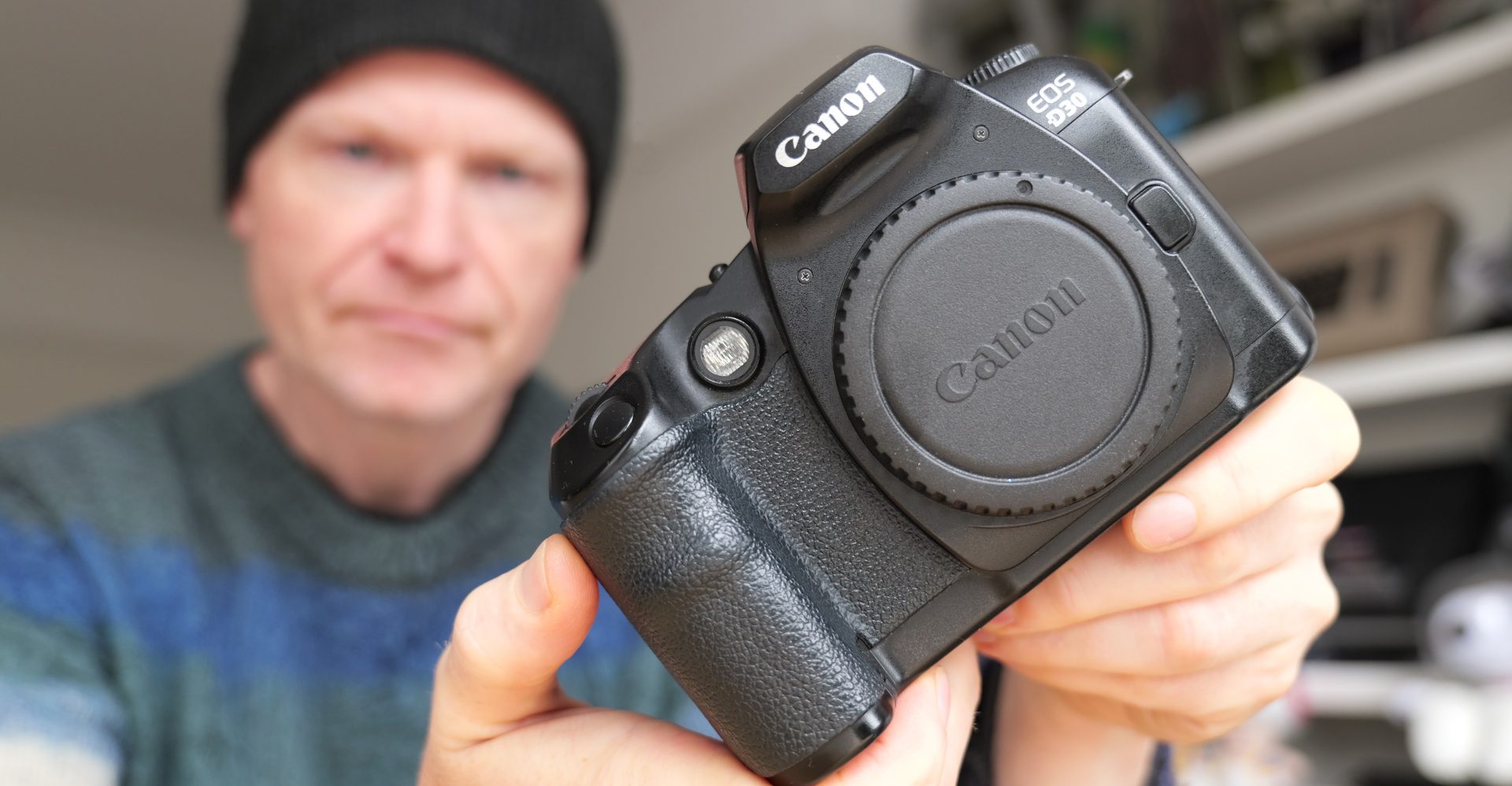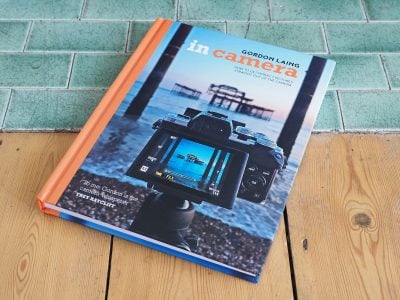Canon EOS D30 RETRO review
-
-
Written by Gordon Laing
Welcome back vintage technology lovers to a retro review of another classic camera, this time dedicated to the EOS D30, Canon’s first DSLR built entirely by the company and designed to be digital from the ground-up.
Teased in early 2000 and on the shelves towards the end of that year for around $3000, the D30 packed a 3.25 Megapixel CMOS sensor and 3fps bursts into a body that would be familiar to any of their film SLR owners.
23 years later I bagged an untested used EOS D30 body for just £32 on eBay which, with a little love, came back to life, so in this review I’ll show you what it can do and what made it so special at the turn of the Millennium. As always you can watch it all in the video below, or if you prefer to read the written highlights, keep scrolling!
The D30’s original price of around three grand may sound like a lot today, especially adjusted for inflation, but it was actually ground-breakingly affordable at the time and, along with the Nikon D1, helped to bring DSLRs into the mainstream. Prior to the EOS D30, Canon’s DSLRs were all collaborations with Kodak, typically taking the EOS 1N film SLR and modifying it to house an imaging sensor along with storage and the electronics to make it all work underneath.
The original EOS DCS 3 launched in 1995 packed a 1.3 Megapixel CCD sensor and 2.7fps bursts into a package that looked like an EOS 1N with an especially tall battery grip that housed the extra electronics. Indeed there was little attempt to disguise the two halves, even down to each company separately branding their sections. The DCS 1 arrived shortly afterwards with an impressive 6 Megapixel CCD sensor in the larger APS-H format, roughly between APS-C and full-frame in size, but it remained very much a camera of two halves.
The 2 Megapixel D2000 and 6 Megapixel D6000 followed in 1998, still based on EOS 1N bodies, but now better-integrating the extras into a camera that looked more like a single product than their predecessors. Kodak also sold their own versions called the DCS 520 and DCS 560 respectively.
But all of these early DSLR collaborations, including a number between Nikon and Kodak, carried eye-wateringly high prices. The D6000 or DCS 560 cost in excess of $20,000 in the late Nineties. So the prospect of a digital camera that could exploit your SLR lenses was a fantasy for all but the best-paid pros.
Until late 1999 that is, when Nikon launched the D1, their first digital SLR designed and built by them alone. Costing around $5500, it severely undercut Kodak’s various collaborations including those with Nikon themselves. But while Nikon targeted pros with the D1, Canon had a more prosumer-focused target for their first home-grown DSLR. Maybe contracts prevented them from initially competing with Kodak at the pro-level, maybe they didn’t want to go directly up against the D1 quite yet, but whatever the reason the EOS D30 arrived in the Year 2000 and made everything before it look hugely overpriced.
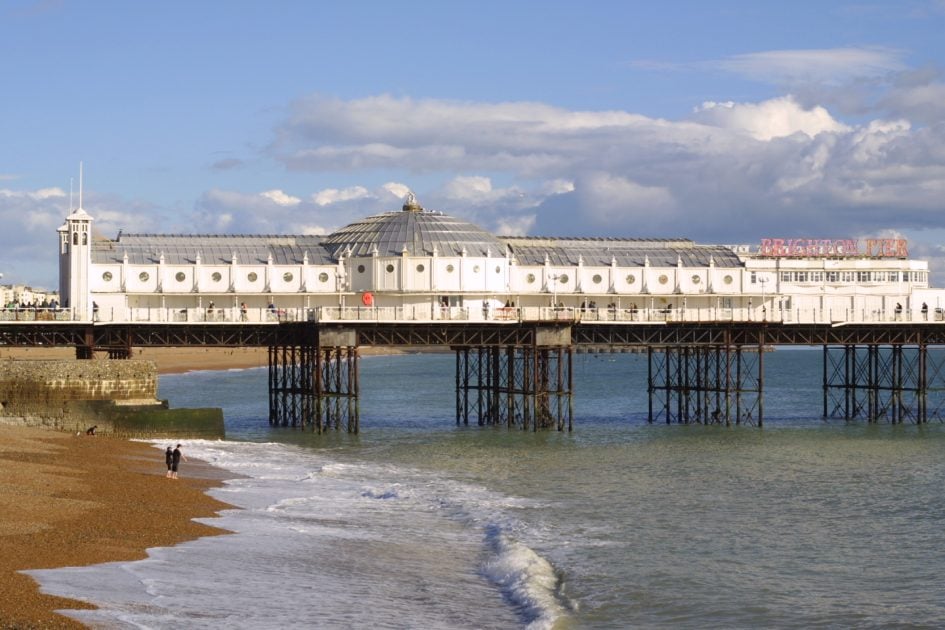
Finally here was a more viable option for those with a collection of EF lenses who wanted to go digital but didn’t want to remortgage their house to fund it. Unlike the Nikon D1 and the Canon / Kodak collaborations, the D30 looked and felt more like a familiar non-pro film SLR, lacking a built-in portrait grip, although an optional battery grip was available if you wanted more to hold onto. While there were obviously controls and features dedicated to digital imaging, this was a camera any EOS film SLR owner could pick up and start shooting with.
The body may have lacked the toughness of the D1, but still felt reassuringly solid in your hands with a substantial grip to wrap your fingers around. The finger dial and rear thumb wheel also fell easily to hand and provided tactile adjustments.
On the upper right side is the mode dial, offering five presets along with the traditional Program, Shutter and Aperture Priority, and full Manual modes. There’s also full green-square Auto and an A-Dep mode which adjusts the aperture so that everything below the three AF points will be sharp.
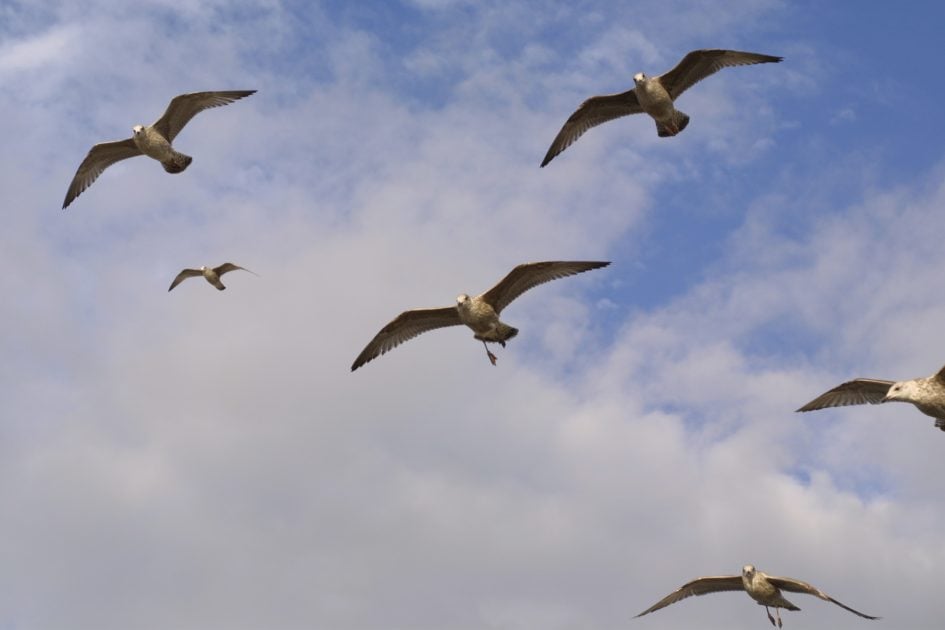
The D30 has access to shutter speeds from 1/4000 to 30 seconds, with a Bulb option available in Manual mode. The fastest flash sync speed is 1/200. In the middle are a popup flash and a fully-featured hotshoe for mounting Canon’s SpeedLite flashguns. Meanwhile the upper right side is dominated by an LCD information screen with three chunky buttons to its left. Pushing the top button before turning the finger or thumb dials adjusts the metering or flash compensation respectively.
Pushing the middle button cycles between the three drive modes: single, continuous at 3fps, and self-timer, while the lower button adjusts the AF mode and White Balance, the latter with Auto, five presets and custom.
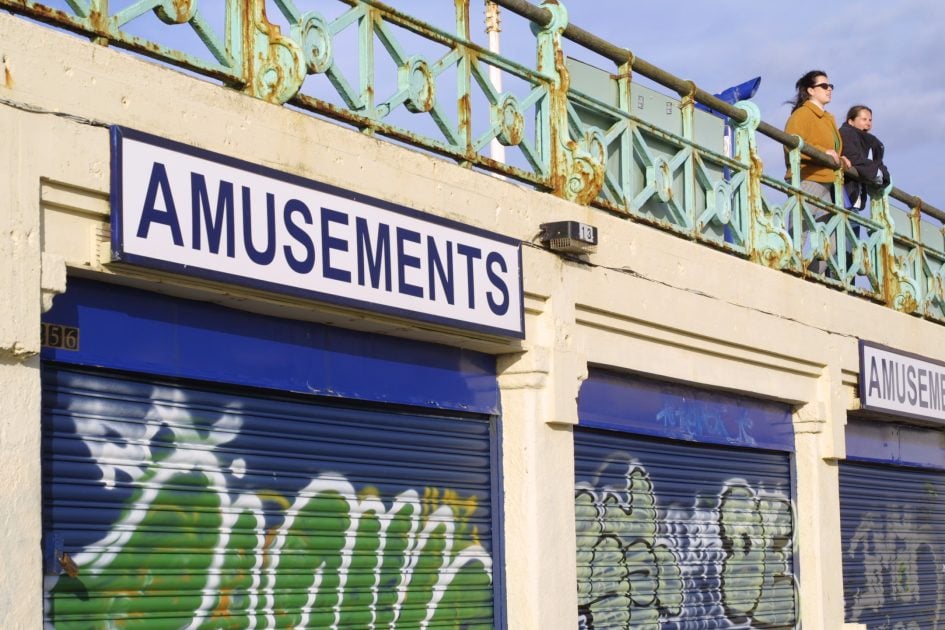
It’s possible to mostly operate the D30 day-to-day using just the top screen and these buttons, leaving the battery-hungry rear screen for playback and occasional menu settings. There’s no backlight, but it’s easily visible in most conditions.
Turning to the rear you’ll find the main power switch in the top left corner, with five buttons below it running alongside the screen. Meanwhile to the right of the screen is the large thumbwheel with a chunky customisable button in the middle, and its own on / off switch to disable it from accidental operation. This remains one of my favourite controls on higher-end Canon bodies to this day, and I configured it on my D30 to directly access the ISO sensitivity since there’s no Auto option. In the upper right corner are exposure lock and AF area buttons, the latter allowing you to individually select one of the three AF areas, or allow the camera to pick from them automatically.
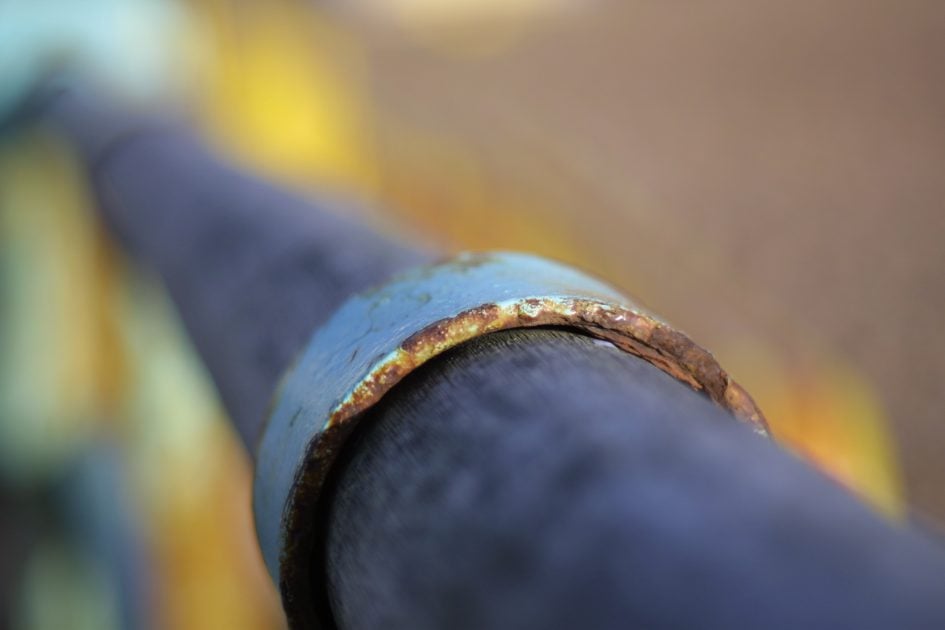
With the D30 predating Live View on a DSLR by several years, composition is with the optical viewfinder alone, and with an SLR path you’re looking through whatever lens you have mounted. Unlike some film SLRs modified for digital though, the D30’s viewfinder shows pretty much the whole view as standard, with a circle in the middle indicating the partial metering area and small rectangles for the three autofocus areas.
In operation, a small strip below the main view indicates the shutter speed, aperture, compensation value and which AF areas are active. With focus acquired, the actual AF area is indicated, along with a solid green circle and optional beep to confirm. Note the actual AF rectangles in the main view don’t illuminate.
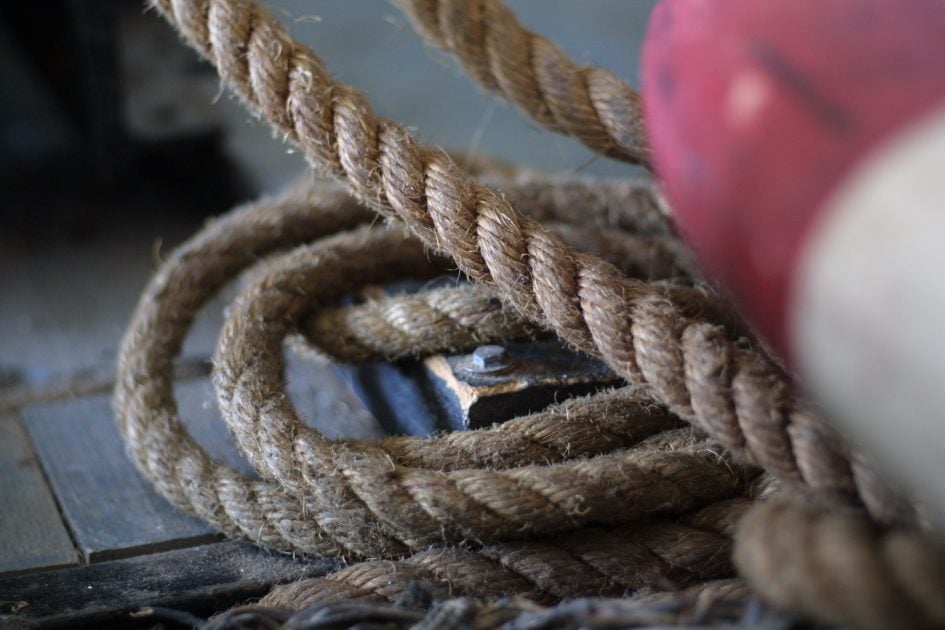
The 1.8in screen on the back has 114k dots and is used to playback images or navigate the menu. In playback the Info button toggles between a full image or a thumbnail with exposure information, while the magnify button cycles between a thumbnail view of nine images and an enlarged view of the selected one.
Push menu and you’ll be presented by a single long list, split into three main colour-coded sections: red for shooting, blue for playback and yellow for setup. You use the thumbwheel to scroll through the options and the OK button in the middle to confirm.
At the bottom of the menu is a separate Custom Functions section which provides access to 13 less frequently adjusted options, including long exposure noise reduction, mirror lockup and exposure increments.
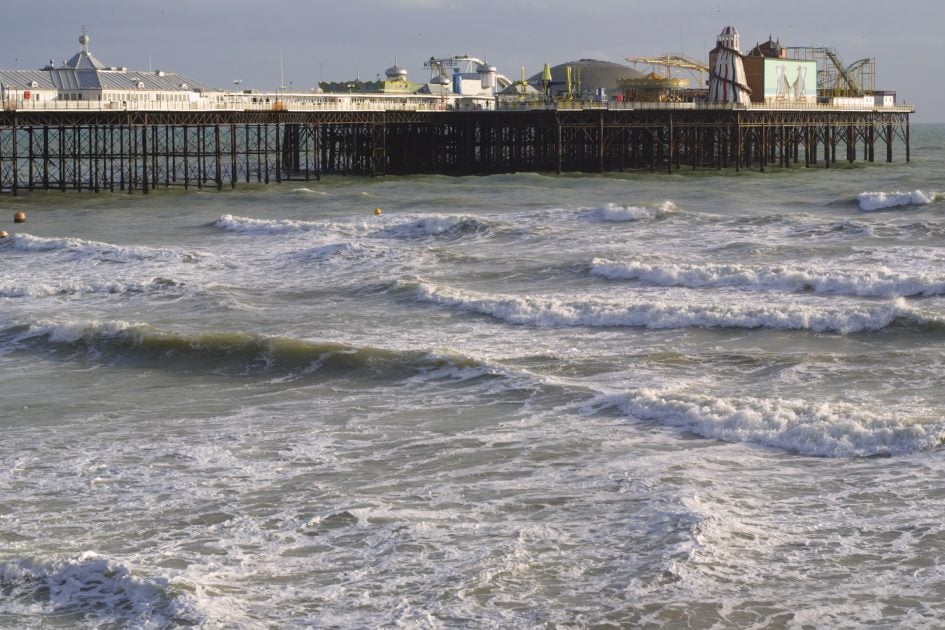
Behind a flap on the left side, sadly missing on my used sample, are two ports: digital, providing a USB connection with the supplied proprietary cable, and a composite video output for TV or projector slideshows. Below these are a PC Sync port for external lighting and an N3-Type remote jack.
Meanwhile on the grip side, and accessible when mounted on a tripod, is the memory slot, accommodating a single Compact Flash card in the Type-I or thicker Type-II formats. Support for Type-II cards allowed the D30 to exploit the IBM MicroDrive which provided access to 1GB of storage when that sort of capacity was a fantasy for most solid-state cards at the time.
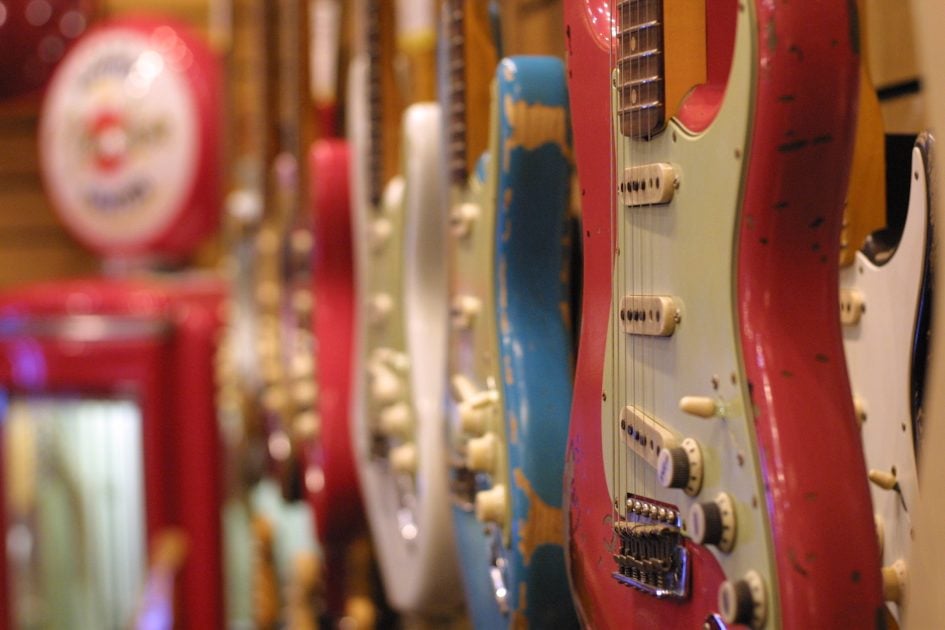
For power the D30 employed one of Canon’s then new BP-511 packs and came with a mains charger that could charge two packs simultaneously; Canon also threw in a dummy battery adapter which allowed the camera to run off mains power.
Looking at the base of the camera, you’ll also notice a compartment for a CR2025 battery, which keeps the clock going. As mentioned earlier, there was also a battery grip available which could accommodate a pair of BP-511’s, doubling the overall life.
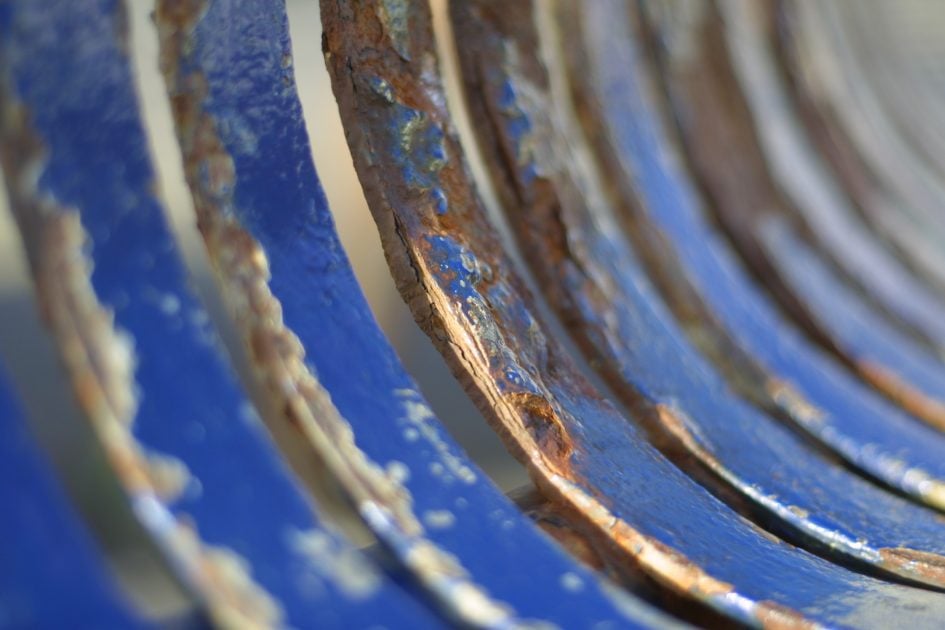
And so to the EF lens mount, the killer feature of the D30, allowing it to exploit the huge array of Canon and third party lenses available, not to mention an equally large market of used models. Crucially it also provided a path from film to digital for existing Canon SLR owners, and like those cameras, there was also a familiar depth of field preview button by the mount.
Meanwhile at the heart of the camera was a new 3.25 Megapixel sensor, delivering images in the same 3:2 shape as 35mm film – again providing consistency between formats. For relative affordability, Canon opted for an APS-C sized sensor, resulting in a 1.6x field reduction of all lenses, a crop-factor inherited by all Canon APS-C bodies to the present day. Interestingly, Canon’s APS-C format is a tad smaller than other manufacturers, who’s APS-C sensors apply a fractionally milder 1.5x field reduction. But the bottom line is the same: all lenses effectively become longer than their quoted focal length, which is good news for telephoto reach but worse news for wide angle.
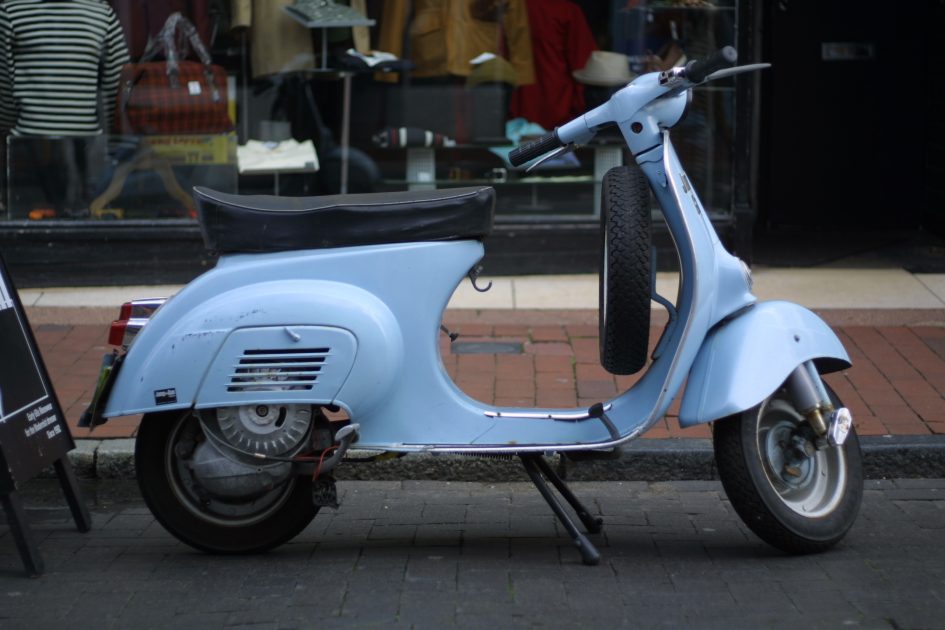
But the most radical aspect of the D30’s sensor was its CMOS technology at a time when all other DSLRs employed CCDs. Unlike CCDs, CMOS sensors could be fabricated at the same facilities which produced other components like memory, allowing it to be cheaper. They also consumed less power and avoided blooming or smearing which could plague some CCDs. But until this time, the image quality just wasn’t up there with the best CCDs, with CMOS typically deployed on smaller, lower resolution sensors.
Canon was confident CMOS was the future though, so redesigned the circuitry to improve efficiency, minimise fixed pattern noise which plagued earlier CMOS sensors, and worked on scaling it up to a size that could be used in a DSLR. The result was an APS-C sized CMOS sensor with a 1.6x field reduction, which contributed to the lower cost of the D30 compared to rivals with similarly-sized CCDs. The lower cost also allowed Canon to pitch the D30 at more of an enthusiast or prosumer market, in turn with a more compact body to suit them rather than working pros.
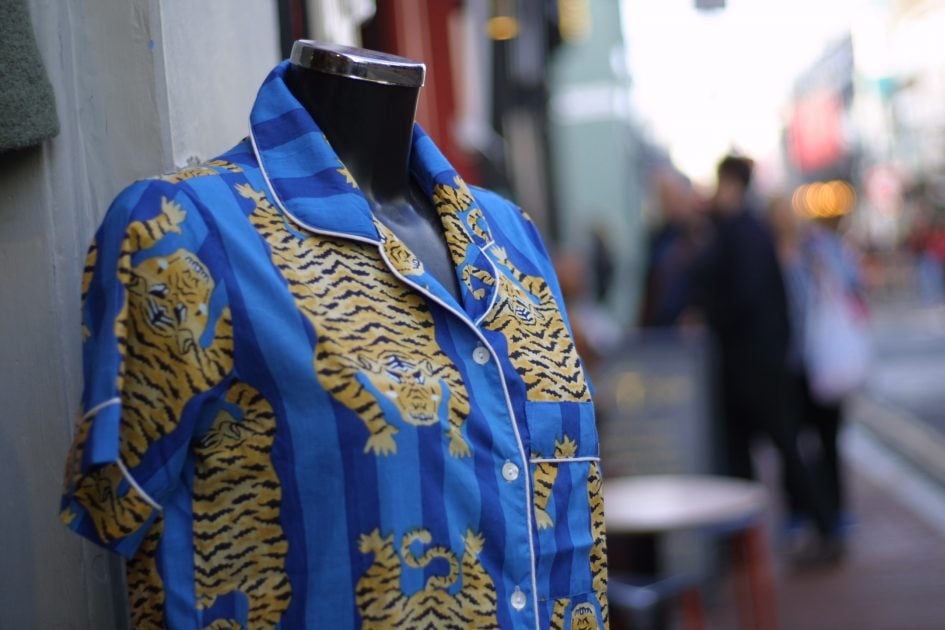
In terms of quality settings you can record JPEGs in either the full 2160×1440 pixels in Large size, or a reduced 1440×960 pixels in Small size, both with Fine or Standard compression. A fifth option on the quality menu lets you switch from JPEG to 12-bit RAW, still a fairly new concept back then, which recorded the image data before sharpening, white balance and other parameters had been applied.
These half-baked files could then be processed on a computer afterwards, providing the opportunity to adjust various settings like the white balance and also exploit a little more tonal dynamic range for retrieving highlight or shadow detail. You can see here the D30’s RAW files can still be opened and processed today using the latest version of Adobe Camera RAW and Photoshop.
Typical Large Fine JPEGs typically measured between 600KB and 1.5MB each, while RAW files weighed-in at around 3.5MB. There wasn’t an option to record both JPEG and RAW files at the same time on the D30, a feature that would arrive on the D60. Meanwhile the sensitivity ranged from 100 to 1600 ISO, set manually in the absence of an Auto ISO option.
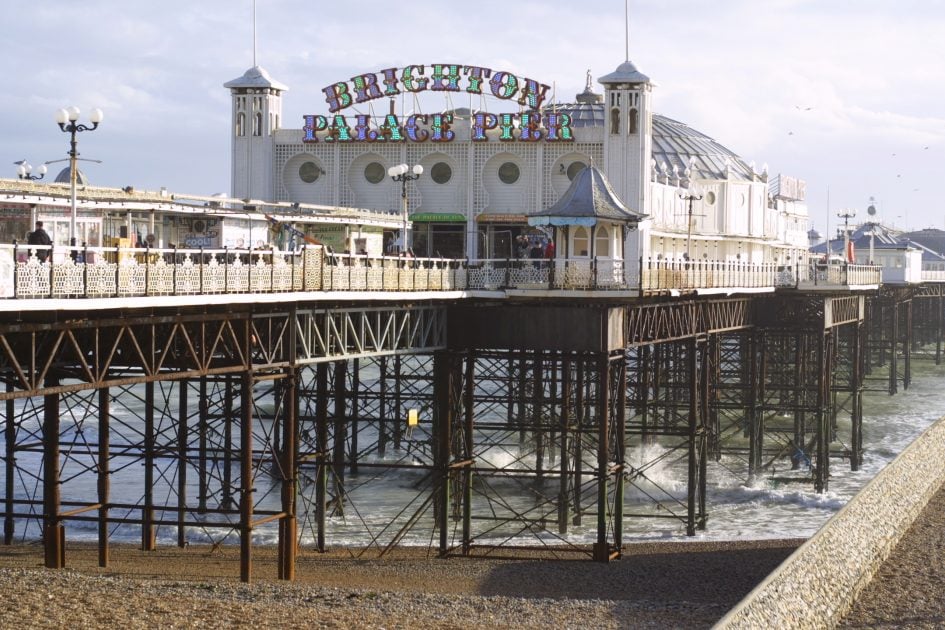
Over two decades later, a vintage D30 is a fairly easy camera to get working. Original BP-511 batteries from the Year 2000 are unlikely to hold charge anymore, but thanks to it being one of Canon’s most widely-used models until 2008, replacements and chargers are readily available.
Similarly, Compact Flash cards and USB readers are also still widely available, although you may need to stick to 1GB or smaller for compatibility. As always, my SanDisk Ultra II 1GB card remains a success story on vintage cameras, and allowed the D30 to record over 700 Large Fine JPEGs.
As for my own D30 bought on eBay, it refused to power-up even with a new battery pack due to the battery door not quite closing properly. This is an issue for Canon cameras since the battery door actually pushes a tiny recessed button that allows the body to power-up. It’s designed as a protective measure, even though the battery itself is independently held in place by a separate clip.
The problem on my used D30 was the original door had been replaced by a third party version which didn’t quite match the shape of the opening. You can see how one of the curved edges on the upper left side here isn’t the right shape, preventing the door from fully closing, in turn not allowing the camera to power-up. Fortunately a little careful filing fixed this problem, and I was also able to replace the missing original viewfinder eyecup with a third party accessory for about £7.
Throughout this page I’ve scattered a selection of photos I took with the D30 around Brighton 23 years after it was originally launched. I used a fairly modern EF 50mm f1.8 STM lens for all these shots, which thanks to the field reduction, acts like an 80mm short telephoto with plenty of potential for shallow depth of field effects. All are Large Fine JPEGs with no post processing. See you in a minute.
Canon EOS D30 verdict
It’s fair to say Canon redefined the DSLR market with the EOS D30, and much of that was down to its CMOS sensor. Prior to the D30, DSLRs were very much targeted at pros with their prohibitively high prices and large, tough bodies to match. Nikon’s D1 in 1999 may have broken the mould of the previous Kodak collaborations, but with its $5500 price tag and built-in portrait grip, it was still very much a camera aimed at pros.
One year later, Canon’s D30 arrived at almost half the price, sporting a more compact body that was more familiar to a huge number of film SLR owners who were thinking about switching to digital. Sure it was still an expensive camera, but crucially within reach of many more photographers than any DSLR to date. The D30 also set many of the standards for future Canon DSLRs and even mirrorless cameras, with much of the design, controls and technology still being deployed over two decades later. Canon’s first home-grown DSLR for pros, the EOS 1D, arrived in 2001 sporting a CCD sensor, but from that point on all of Canon’s large sensors employed CMOS technology which the company produced itself.
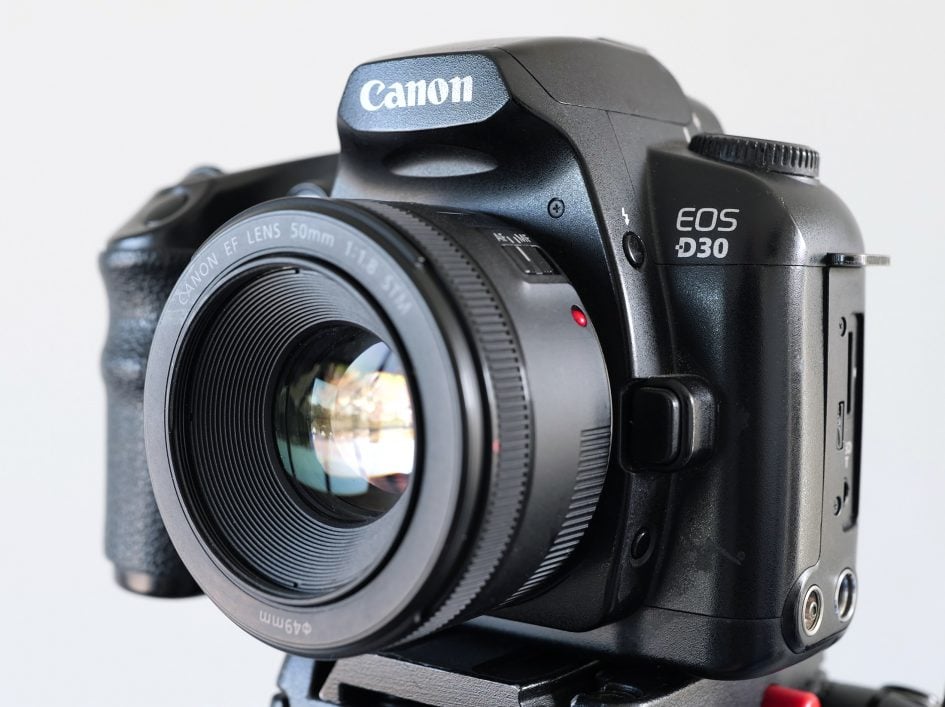
Shooting with the D30 23 years after it was launched, I was struck by just how familiar it still looks and feels. In fact it’s testament to Canon’s design and ergonomics that one of the biggest changes on later models was simply moving the buttons on the left of the D30’s upper screen to run along the top instead. These are all cameras any Canon owner can pick up and start using straightaway.
Canon also had a clear roadmap ahead, following the D30 with the D60 in 2002, sharing much the same body but now sporting 6 Megapixels, expanded custom functions and the chance to record RAW with JPEG simultaneously. Then just one year later in 2003, the body was tweaked and the model name reset to become the EOS 10D, which set a new standard for prosumer DSLRs and started a series which continued until the 90D and 7D Mark II.
Also in 2003, Canon redefined DSLR pricing again with the EOS 300D or Digital Rebel, which saw a huge adoption of interchangeable lens cameras, in turn marking the beginning of the end for all-in-one bridge cameras.
If you’re looking for a vintage DSLR for regular use today, I’d probably skip the original D30 and D60 and aim for a 10D onwards instead, or perhaps one of the Rebels. Their quality and features are more refined than the earliest models and Canon sold bucketloads of them, so you’ll find plenty on the used market at low prices.
Check prices at Amazon, B&H, Adorama, eBay or Wex. Alternatively get yourself a copy of my In Camera book, an official Cameralabs T-shirt or mug, or treat me to a coffee! Thanks!